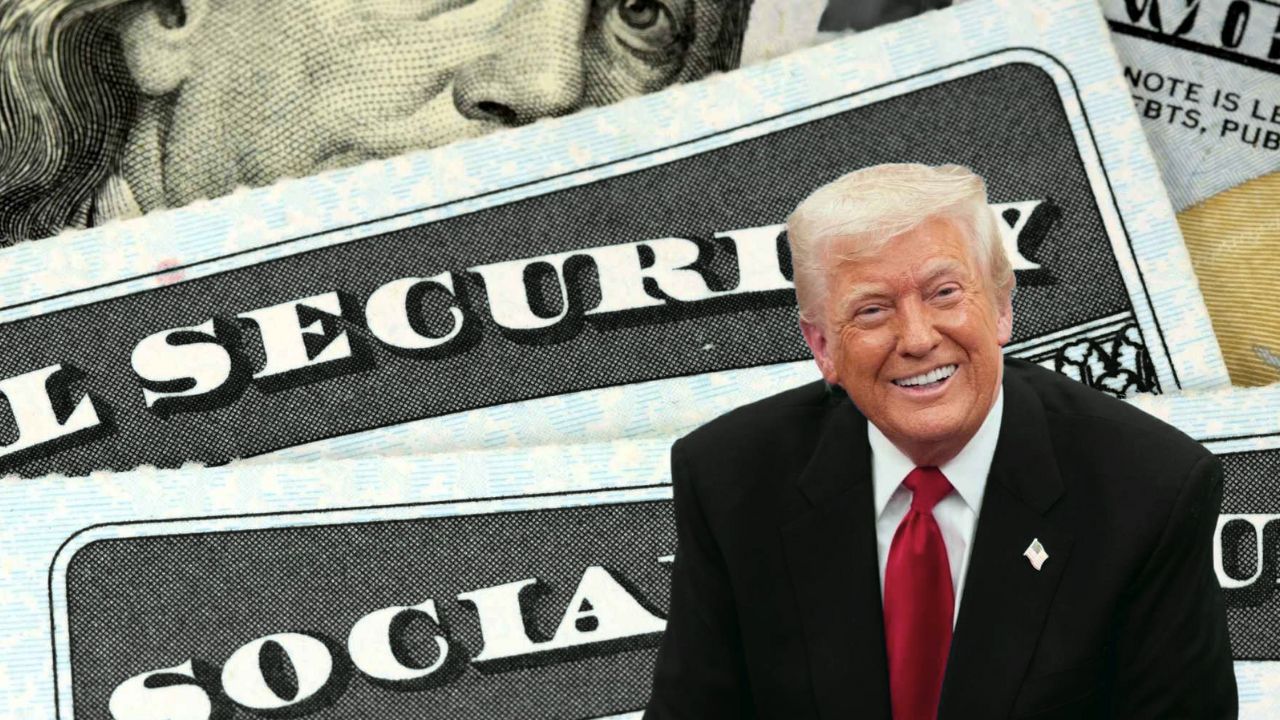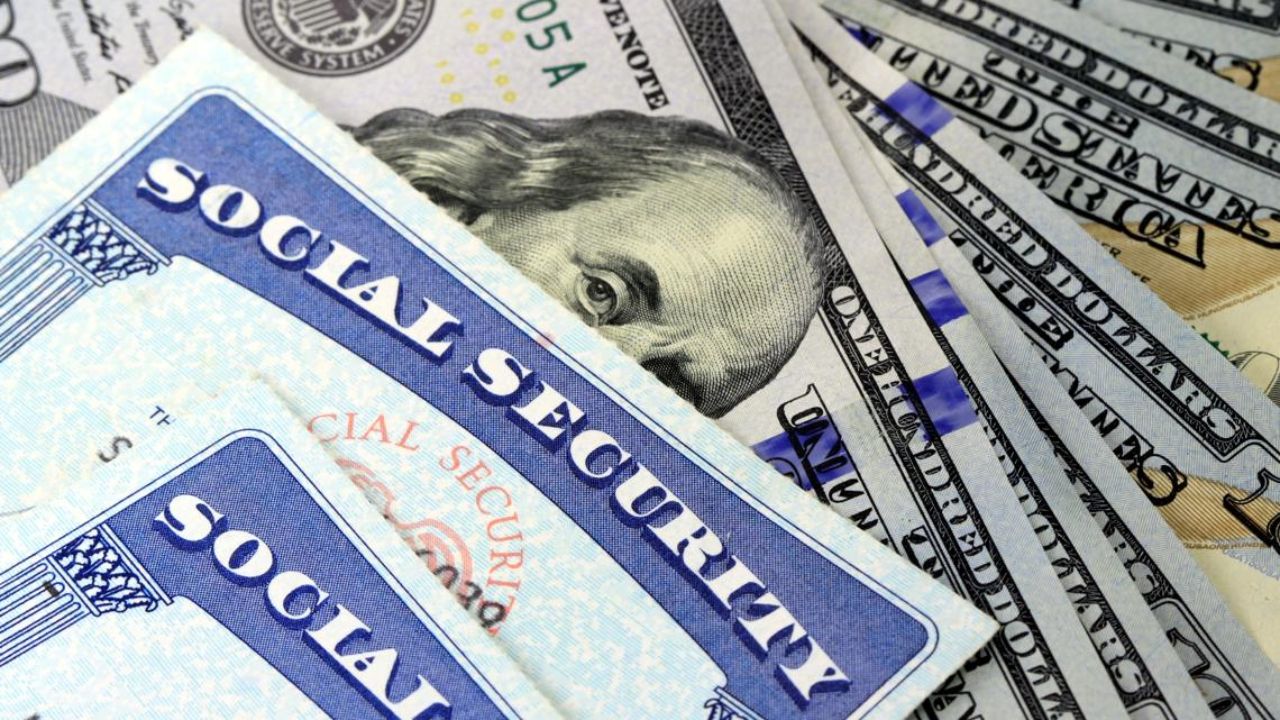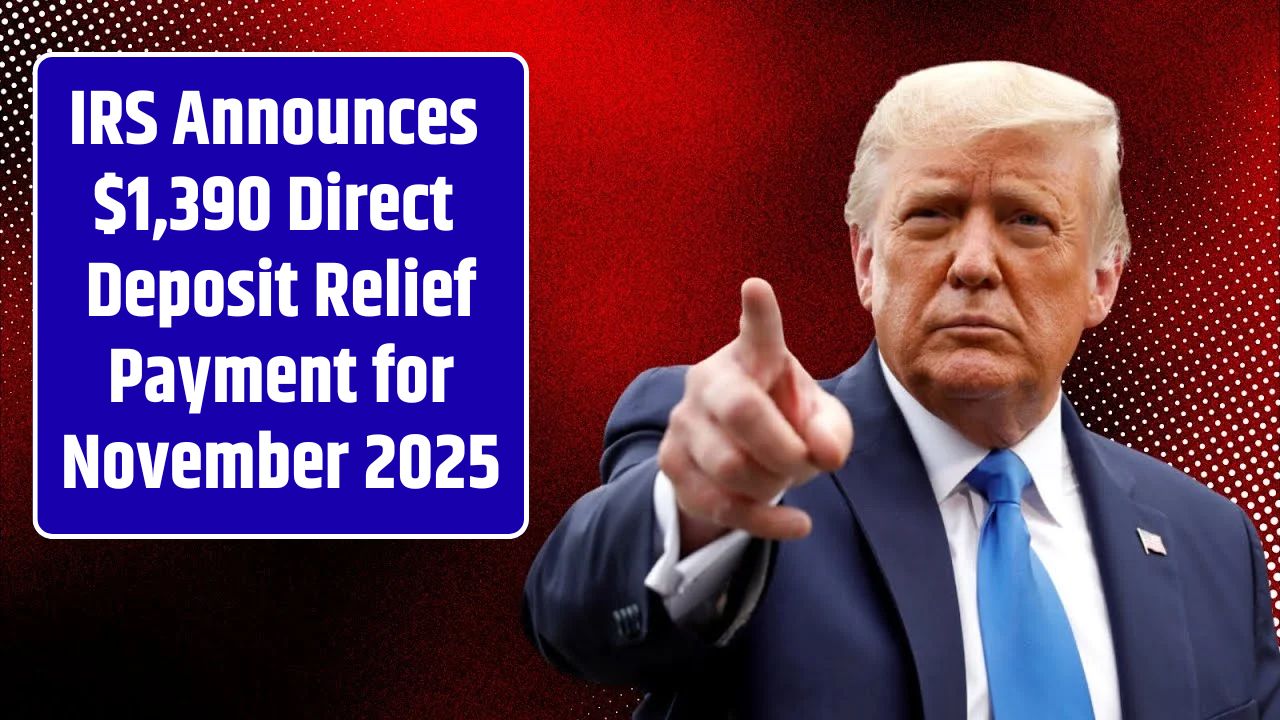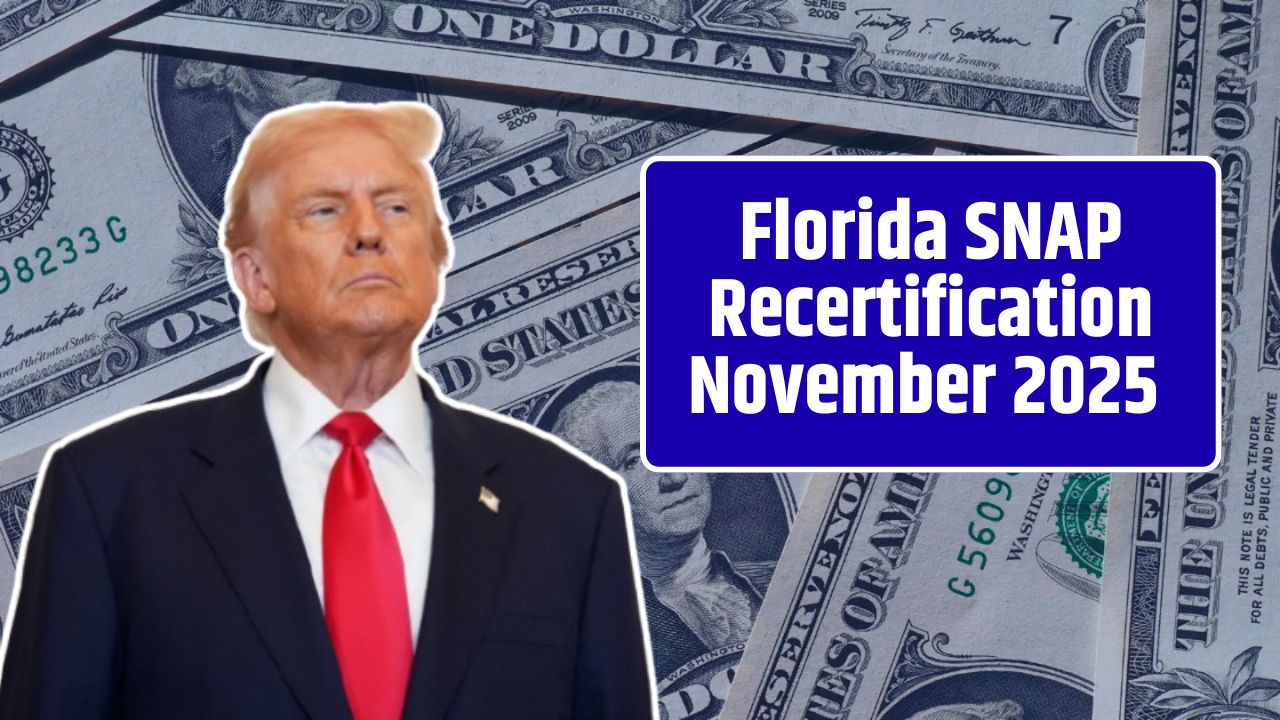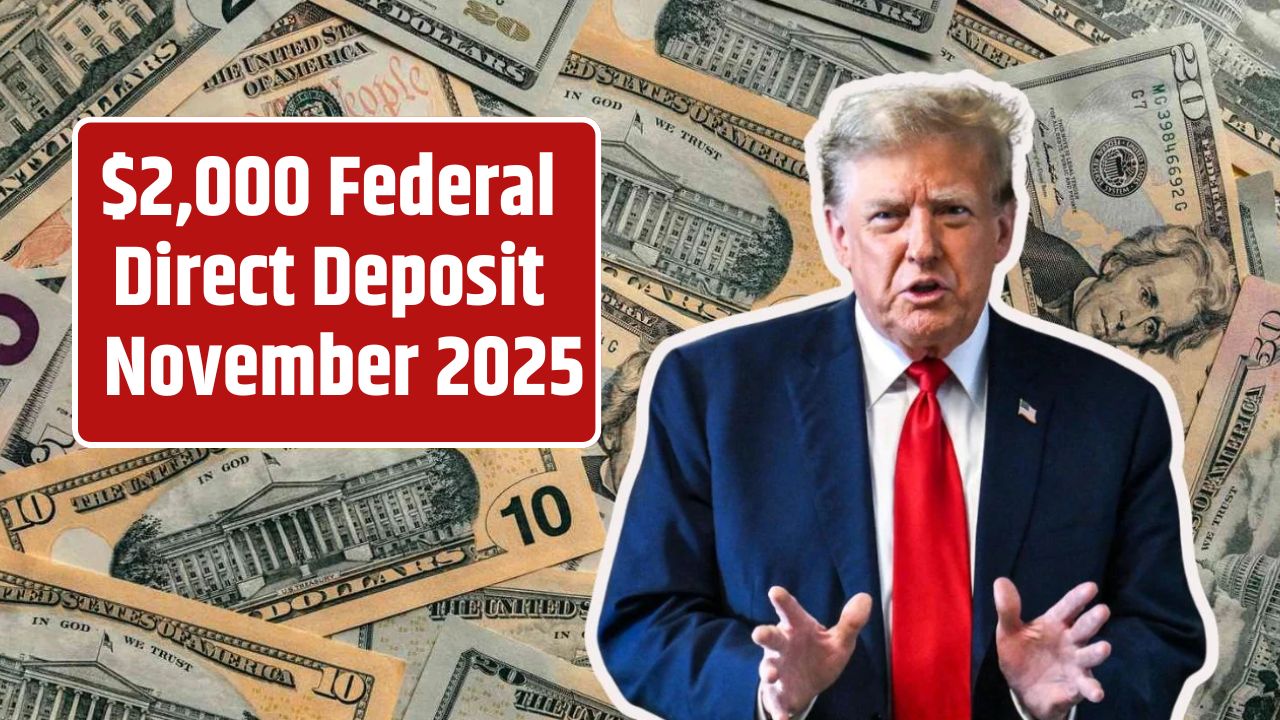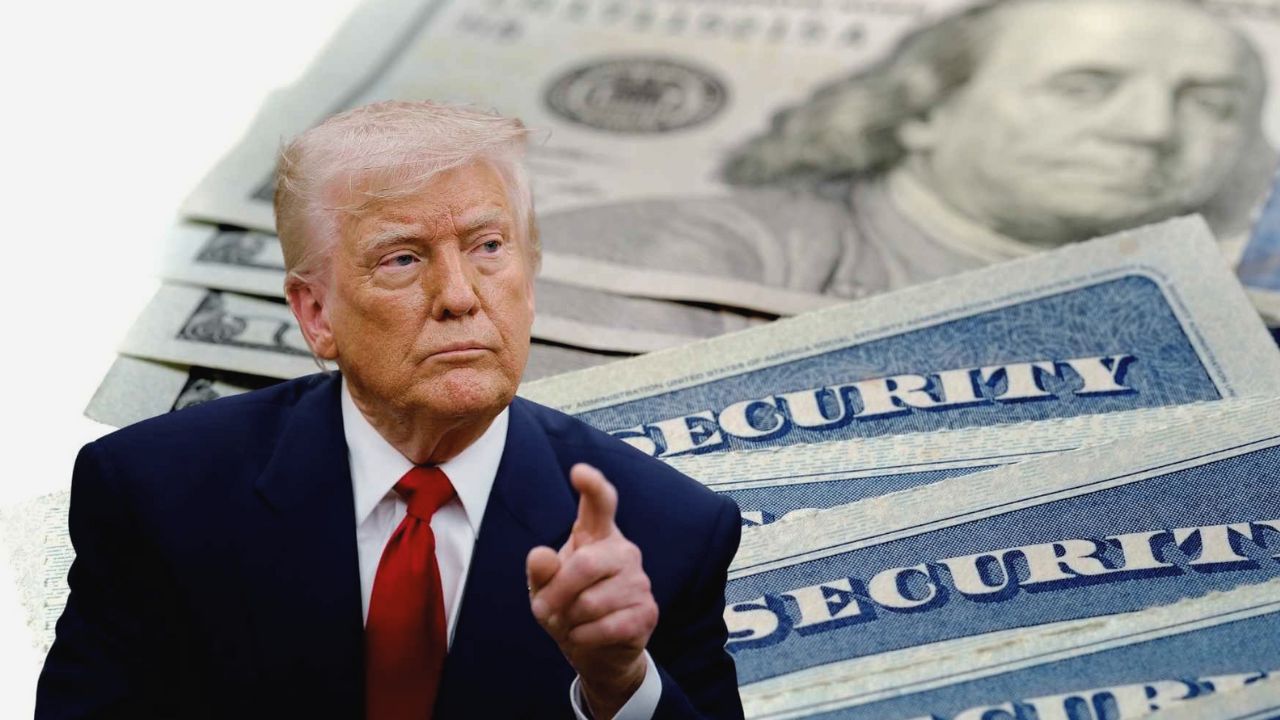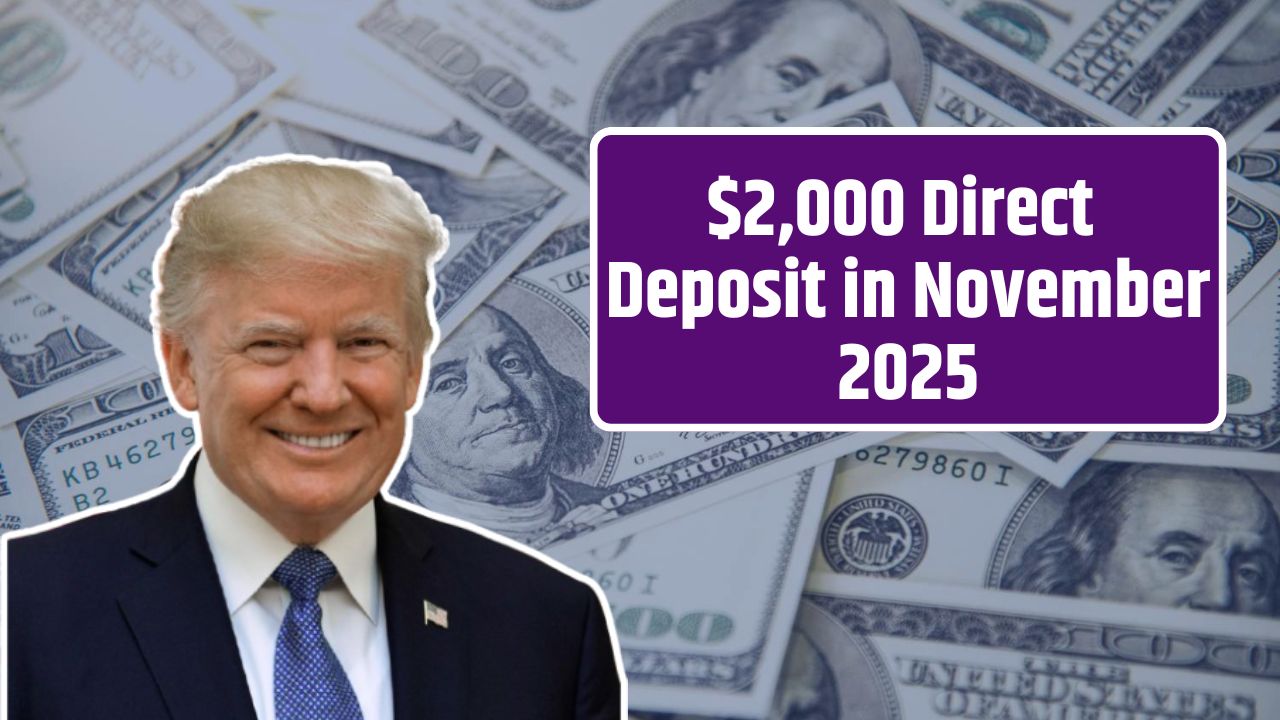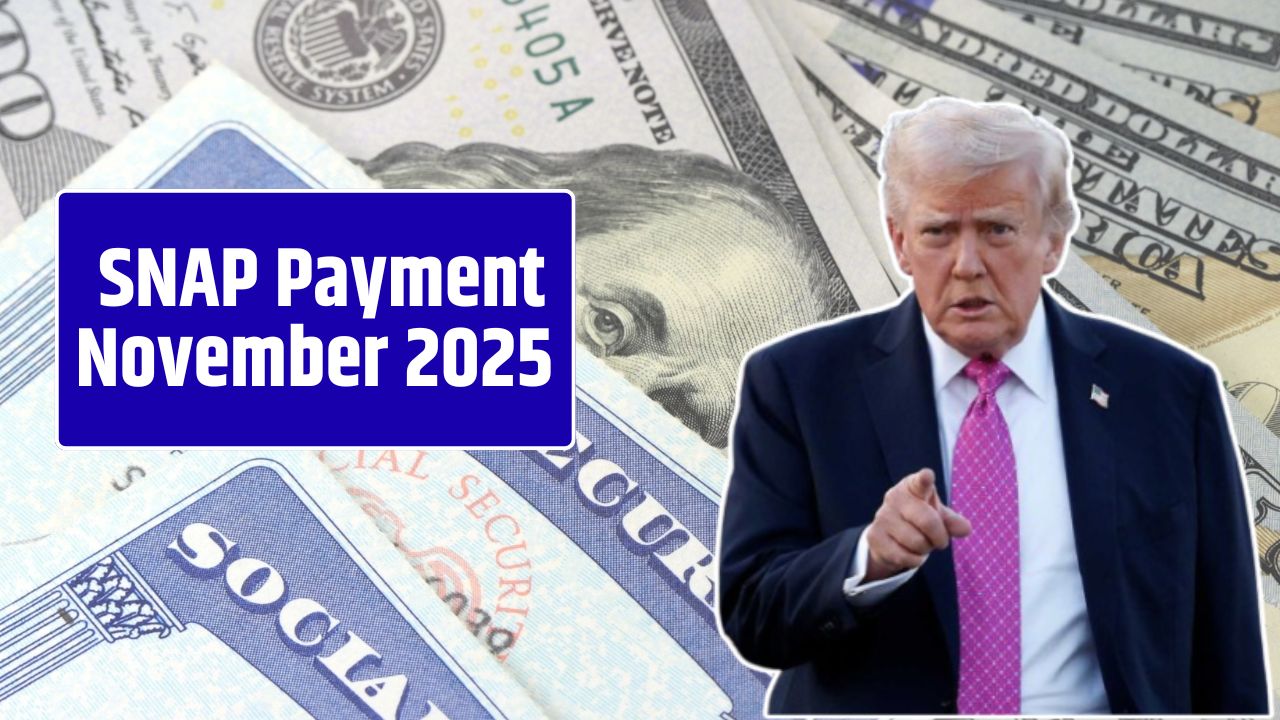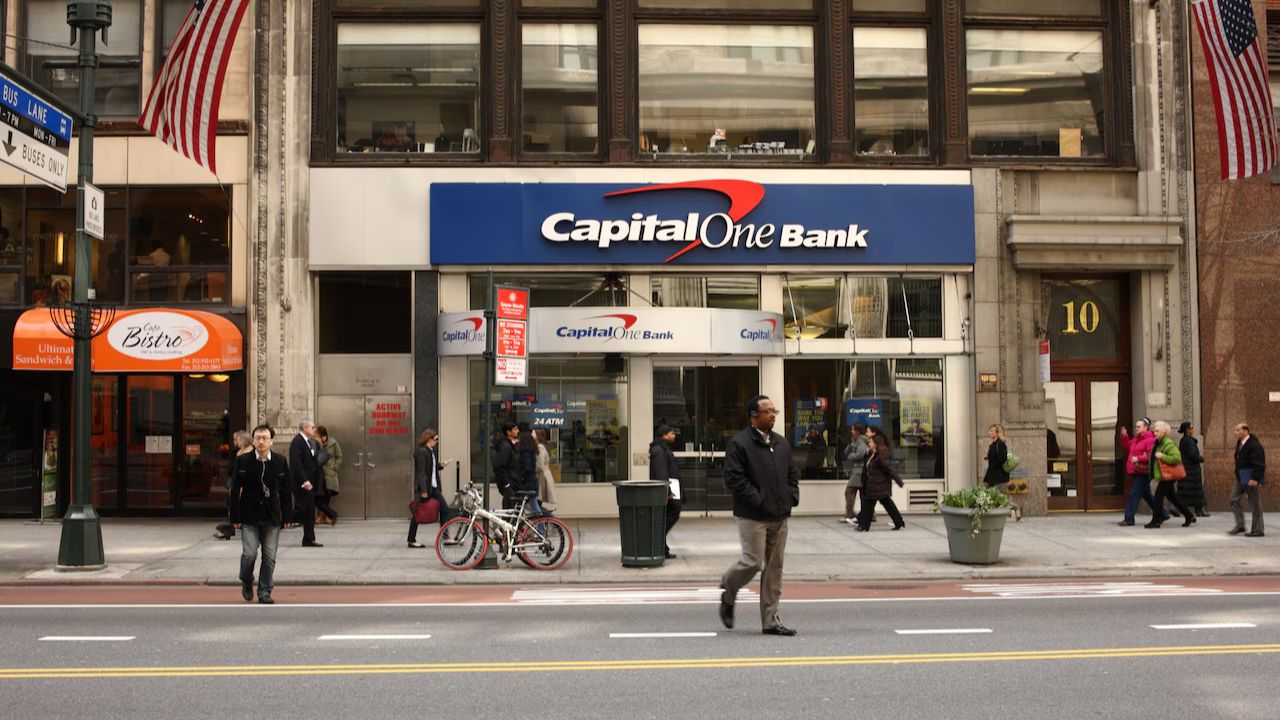For nearly a century, that pale-green paper check with the U.S. Treasury seal symbolized more than just money — it was a promise. A lifeline. And until just a few weeks ago, the Social Security Administration (SSA) was ready to end that tradition for good.
But after September 30, 2025, came and went, something unexpected happened: the government quietly backtracked. What was supposed to be the final chapter for Social Security paper checks has turned into a messy, very human pause — a recognition that modernization can’t leave the most vulnerable behind.
A Nearly Final Goodbye to Paper
This all started with a March 2025 executive order signed by President Trump, directing federal agencies to phase out paper payments “to the extent permitted by law.” It was pitched as a modernization move — clean, efficient, and cost-saving.
The math seemed clear enough. A paper check costs about 50 cents to print and deliver. An electronic transfer? Roughly 15 cents. And according to the U.S. Department of the Treasury, paper checks are 16 times more likely to be stolen or lost than digital deposits.
In short, the government wanted to join the 21st century. As Treasury officials said earlier this year, “Electronic payments are safer, faster, and far more efficient.”
By September, nearly 99.4% of America’s 69.5 million beneficiaries had already switched to direct deposit or the Direct Express debit card, a prepaid card designed for those without bank accounts.
Only about 0.6% — roughly 400,000 people — still received a paper check each month. That’s a small number on paper, but a big deal in human terms.
The Forgotten 400,000
Most of those left behind live in rural towns, isolated communities, or small apartments where Wi-Fi doesn’t reach and smartphones aren’t an option.
California tops the list with around 43,000 paper-check recipients, followed by Texas (28,000) and Florida (24,000).
And for many of these seniors, it’s not about resisting change — it’s about survival. Some simply can’t afford bank fees or don’t have the mental capacity to manage online accounts.
“They lack the money to open bank accounts, maintain minimum balances, and pay bank fees,” said Nancy Altman, president of Social Security Works, a senior advocacy group. “For many, paper checks aren’t nostalgia — they’re necessity.”
A Sudden Reversal
Then came the unexpected twist. After insisting that September 30 was the “absolute final date,” the SSA quietly posted a clarification on September 19 — eleven days before the supposed cutoff.
“If you have no other way to receive payments, we will continue to issue paper checks,” the agency wrote on its official blog. “There are no plans to pause any payments starting October 1.”
Translation: nobody’s losing their benefits over this transition.
At a Financial Literacy and Education Commission meeting in late October, Matthew Bilenki, SSA’s Director of Finance and Management, confirmed what had already become clear — paper checks aren’t disappearing just yet. “We will continue issuing them for beneficiaries who lack access to banking or digital options,” he said.
It’s not a full reversal, but a quiet retreat — one that reflects a rare bureaucratic empathy.
The Digital Divide Grows Wider
This rollback exposes a truth policymakers can’t ignore: the digital divide in America isn’t closing fast enough.
According to AARP research, nearly 22 million seniors still don’t use online banking, and many lack the skills or confidence to switch. Eliminating paper checks outright could have meant months — or even years — of lost access for the people most dependent on government aid.
Advocates had warned about this for years. “We support modernization,” said one AARP analyst, “but not at the expense of accessibility. If even one senior can’t get their benefits because of a tech issue, that’s a failure.”
The SSA seems to have listened.
What Seniors Can Do Now
The agency isn’t backing off modernization altogether. Instead, it’s offering three clear paths — and more time.
| Option | Description | How to Enroll |
|---|---|---|
| Direct Deposit | Deposits benefits directly into a bank or credit union account. | Sign up through your my Social Security account or call your local SSA office. |
| Direct Express® Debit Card | A prepaid debit card for those without bank accounts. | Visit usdirectexpress.com or call 1-800-333-1795. |
| Hardship Waiver (Exemption) | For those physically or logistically unable to receive electronic payments. | Call the Treasury Department’s helpline at 1-877-874-6347. |
Every paper check now arrives with an insert explaining these choices, and SSA staff have been contacting beneficiaries by phone and mail to guide them through.
The transition is slow, yes. But it’s happening — on human terms.
The Bigger Picture
This episode might seem bureaucratic, but it’s deeply symbolic. It captures the tension between technology and empathy — between efficiency and equity.
Digital systems can save billions and prevent fraud, sure. But public trust, especially among older Americans, isn’t built on speed; it’s built on reliability.
The paper check may be fading, but it’s not gone yet. And for a small, quiet corner of America, that’s reason enough to exhale.
Fact Check
Claim: The Social Security Administration ended all paper check payments as of September 30, 2025.
Verdict: Partly False.
While the SSA planned to end paper checks, the agency later clarified that beneficiaries unable to receive electronic payments will continue receiving checks “until further notice.” Official confirmation can be found on the SSA Blog and Treasury Fiscal Service updates.
FAQs:
Are Social Security paper checks completely gone now?
No. They’re still being issued to people who can’t access electronic payments due to hardship or lack of banking options.
Can I still switch to direct deposit after the September deadline?
Yes, you can update your payment method anytime through your my Social Security account.

